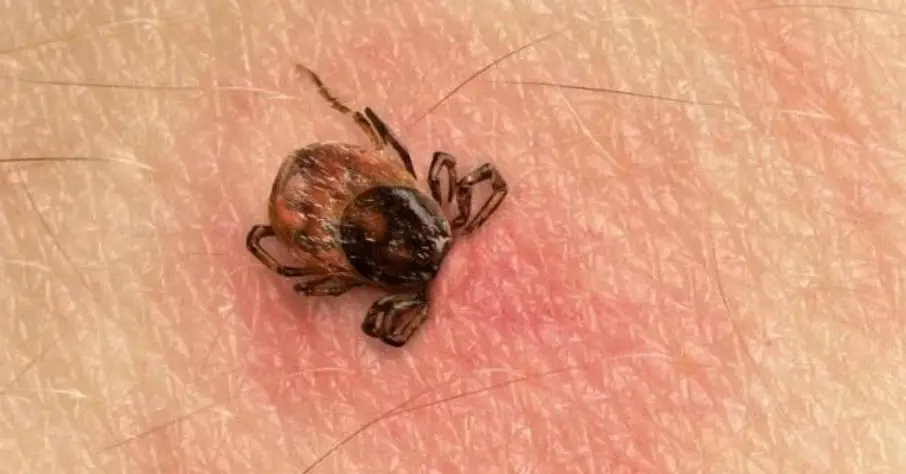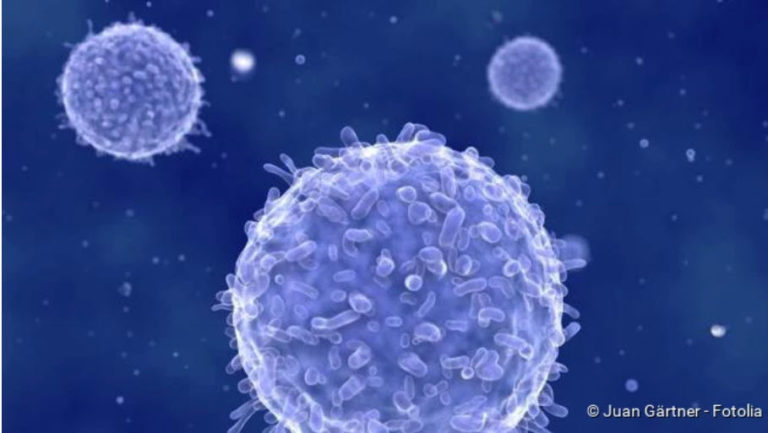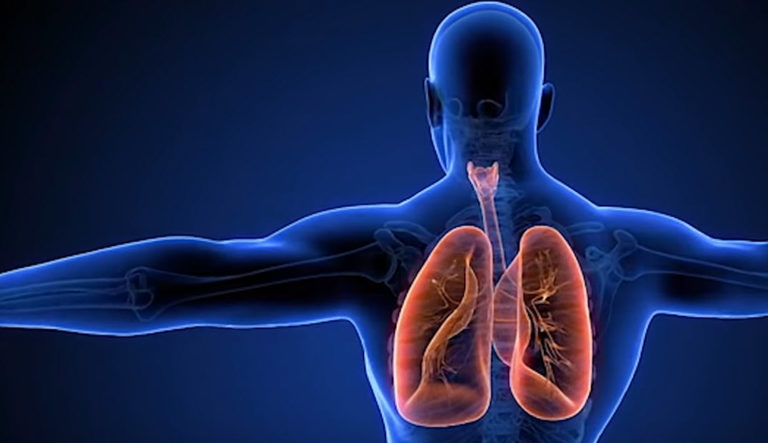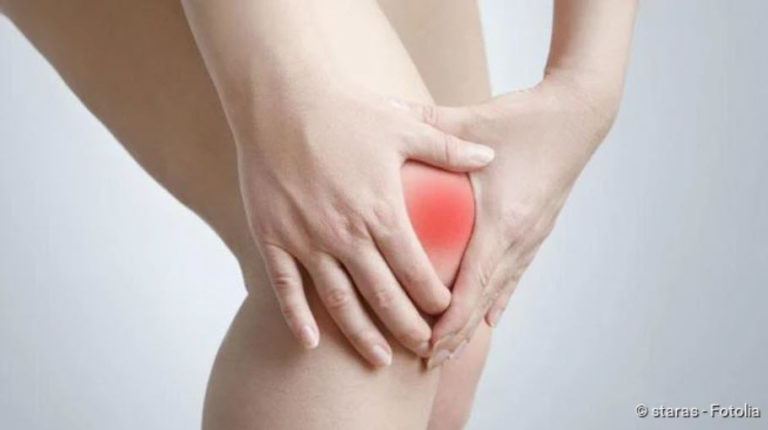Tick bite symptoms
Tick Bite Symptoms

Are there typical tick bite symptoms, which indicate the puncture site of the small bloodsuckers? What can it mean when a redness forms after a tick bite? Why is it advisable to keep an eye on even harmless looking tick bites? You can find the answers to these and other questions about tick bite symptoms here!
General tick bite symptoms
Tick bites should be properly treated quickly and then monitored for signs of infection. But how can you recognize a tick bite? Are there typical tick bite symptoms?
A tick bite is easily noticed when the tick is still sitting on the skin, clings to the skin and sucks blood. The parasite is a rounded arachnid with a small head and a large dorsal shield.
If the tick no longer sits on the skin, a sting is not so easy to detect. Typical tick bite symptoms are missing. Usually the sting itself is painless, as the tick injects an analgesic substance into the wound. Besides, tick bites usually do not itch.
Even if the tick bite and the immediate surroundings look harmless, you should observe the area in the following days to see if any changes occur – they could indicate an infection. The best way to do this is to mark the puncture site with a waterproof pen.
Tick bite symptoms that indicate an infection
If a tick bite itches, it is usually due to an infection with a pathogen. This can be a local tick-bite inflammation caused by bacteria that naturally occur on the skin and have entered the wound. However, an itchy tick bite can also indicate a Borrelia infection. In addition, there is another sign for the transmission of Borrelia bacteria through a tick bite: redness at the bite site. It forms days to weeks after the tick bite, is usually circular and can vary greatly in its size and colouring. Fever can also occur in the case of a Borrelia infection.
However, the occurrence of fever after tick bites can also indicate an infection with TBE viruses (pathogens of early summer meningoencephalitis), which can also be transmitted by the small bloodsuckers. The injection site does not usually itch. No other specific tick bite symptoms around the bite site can be detected. However, symptoms such as fatigue, headaches and aching limbs often occur with TBE.
Tick bite symptoms: Paralysis
Paralysis can occur in the context of Lyme disease or TBE. But even without an infection, weaknesses can develop in the muscles after a tick bite: Signs of paralysis, ascending from the legs. These tick bite symptoms are called tick paralysis. It occurs mainly after tick bites on the American double continent, in Africa and Asia.





